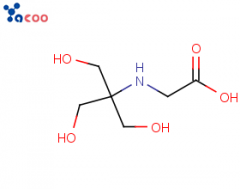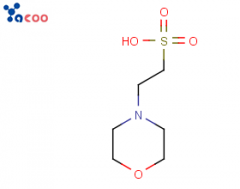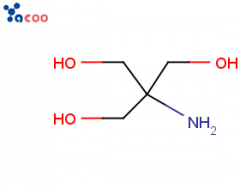HEPES (4-hydroxyethylpiperazine ethanesulfonic acid) is a non-ionic amphoteric buffer that is highly polar and inert to a wide range of chemicals and enzymes.
Catalog No. :
Q0005CAS No :
7365-45-9Empirical Formula :
C8H18N2O4SMolecular Weight :
238.305Assay :
≥99.5%Appearance :
White crystalline powderBrand:
YACOOoriginal region :
China|
ANALYSIS |
SPECIFICATIONS |
|
Appearance |
Crystalline white powder |
|
Assay(%) |
99.5% Min. |
|
Loss on Drying |
≤0.5% |
|
Solubility In H2O |
(g/L) |
|
pH (1%) @ 20°C |
4.7-6.0 |
|
pKa |
|
|
Heavy Metal |
≤5 ppm |
|
Ultraviolet Absorbance (0.1M) |
≤0.065 |
|
Ultraviolet absorbance (0.05M) |
≤0.055 |
|
Iron (Fe) |
≤5 ppm |
|
Sulfate |
≤10 ppm |
|
Endotoxin |
≤ 5 EU/g |
|
Residue on Ignition |
≤0.1 |
|
Infrared Spectrum |
|
 Tris(hydroxymethyl)methylglycine CAS 5704-04-1
Tris(hydroxymethyl)methylglycine CAS 5704-04-1
 MES 99.0% CAS: 4432-31-9 4-Morpholineethanesulfonic acid
MES 99.0% CAS: 4432-31-9 4-Morpholineethanesulfonic acid
 TRIS (Tromethamine) Pharmaceutical Grade CAS 77-86-1
TRIS (Tromethamine) Pharmaceutical Grade CAS 77-86-1
Copyright © Suzhou Yacoo Science Co., Ltd. All Rights Reserved
Friendly Links :
online service